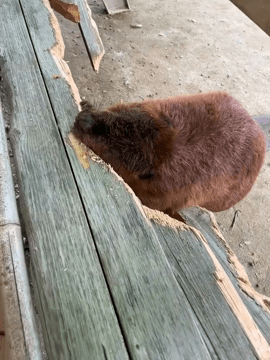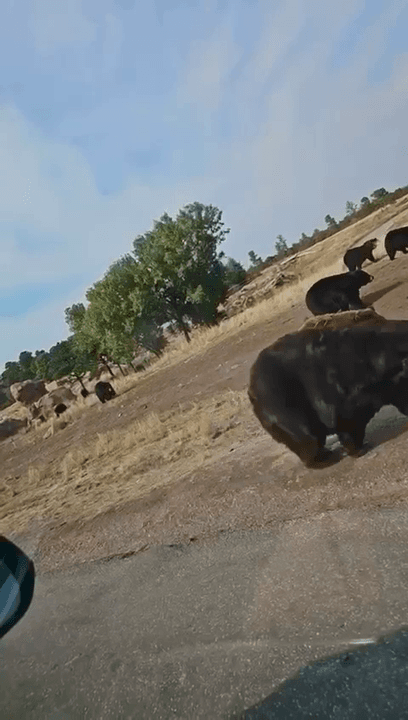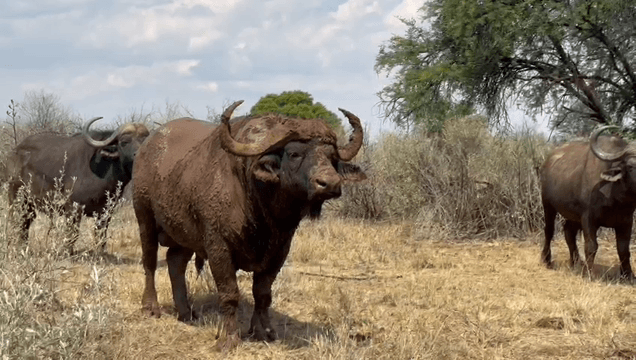
Hunting in Mongala: Environmental Riches, Community-Based Hunting, and Wildlife Variety Geography and Natural Features in Mongala Mongala Province lies in the northwestern section of the Democratic
Post: 5 August 17:30

Post: 5 August 17:30

Post: 5 August 14:20

Post: 1 August 12:24

Post: 31 July 16:43

Post: 30 July 20:37

Post: 29 July 16:18

Post: 29 July 10:13

Post: 25 July 20:00

Post: 23 July 16:04

Post: 23 July 13:21

Post: 22 July 08:58

Post: 21 July 08:29

Post: 17 July 09:33

Post: 17 July 08:28

Post: 16 July 15:43

Post: 9 July 20:15

Post: 8 July 12:05

Post: 7 July 05:49

Post: 2 July 12:10

Post: 22 June 14:31

Post: 21 June 14:13

Post: 22 May 14:06

Post: 20 May 13:40

Post: 17 May 19:47

Post: 15 May 10:19

Post: 25 March 03:49

Post: 24 March 21:11

Post: 2 March 19:17

Post: 23 February 13:51

Post: 7 February 09:57

Post: 3 January 23:02

Post: 16 December 09:21

Post: 22 October 09:23

Post: 28 July 18:38

Post: 29 November 18:58

Post: 16 June 09:11

Post: 5 September 14:57

Post: 5 September 08:06

Post: 4 September 11:38

Post: 4 September 08:19

Post: 2 November 10:03

Post: 8 July 18:24

Post: 4 September 12:19

Post: 4 September 07:35

Post: 11 July 12:04

Post: 17 July 09:34

Post: 23 May 11:28

Post: 25 September 19:44

Post: 5 September 06:49

Post: 4 September 15:33